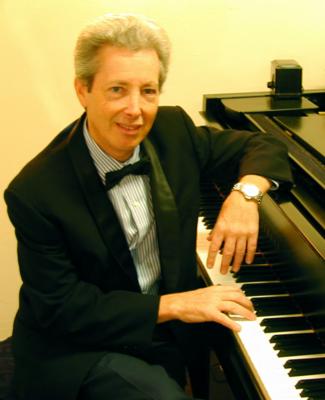|
<< -- 2 -- Lawrence Budmen ARTISTIC VISION

The Vitebsk Trio for Violin, Cello, and Piano by Aaron Copland (1900-1990) is one of that composer's few overtly Jewish scores. Born of Russian parents in Brooklyn (his Russian connection to this program), Copland devoted most of his career to forging a distinctly American compositional voice. A student of Nadia Boulanger in Paris during the 1920s, Copland was exposed to the wildly divergent forms of musical modernism -- represented at opposite poles by Stravinsky and the Russian school and Schoenberg and the atonalists. His early works were fiercely dissonant and unrelentingly modernist (ie the Symphony for Organ and Orchestra, Piano Sonata, Dance Symphony, and the orchestral suite Music for the Theater). These pieces reveal a very different Copland from the Americana scores like Rodeo and Appalachian Spring. The 1929 Vitebsk Trio finds Copland at the climactic phase of his modernist period. Based on a Hasidic theme the score unfolds in angular, argumentative phrases. The final, vigorous Allegro vivace recreates a folk dance -- celebration after a heated debate. Posnak is an expert on this work. Several years ago he recorded it (on Naxos) with violinist Peter Zazofsky and cellist Ross Harbaugh. With vividly individual contributions by Moroz and Fridman, Posnak gave an authoritative performance of visceral impact.

Paul Posnak
|
Balancing these 20th century chamber music masterpieces, the Russian artists offered a series of salon works and encore vignettes. Reinhold Glière (1875-1956) began his career as one of the brightest of the young generation of composers in Czarist Russia and concluded it as an official 'People's Artist' of the Soviet Union. A superb instrumental colorist, Glinka fashioned well craft scores replete with haunting, inspired melodies. His early Morceaux for Violin and Cello Op 39 features the kind of aristocratic thematic material that would be played in the drawing room of Imperial Russian nobility. The Canzonetta is an elegant, breezy salon piece while the graceful Gavotte is utterly sparkling and irresistible. Moroz's fiddling was bright and smooth while Fridman brought gorgeous tone to Glière's richly resonant cello writing.
Continue >>
Copyright © 6 October 2005
Lawrence Budmen, Miami Beach, USA

|

